What makes a great Counsellor?
The answer, you might suppose, will be the number of letters you have after your name, your years of experience, or the specific modality of counselling you employ; maybe CBT goes better than SFT? Perhaps it is the gender of the counsellor? In fact, there is some good quality evidence to suggest that one thing alone stands above all these factors in being a clear predictor of counselling success. Success is most clearly predicted by the relationship between client and counsellor; in effect, success is predicted most clearly by rapport. In ‘Effective Psychotherapists’ (Miller & Moyers, 2021) unpick this and the other factors that lead to success in counselling. This is not to suggest that what we do in counselling is unimportant; in fact, it becomes abundantly clear that both what we do and how we do it both impact outcomes for clients. What we do is covered in a huge canon of literature around the talking therapies; see EMDR for PTSD, CBT for phobias, DBT for borderline personality disorder for examples. In this article, we will focus on the relationship between the counsellor and the client.
One of the largest therapy studies ever done followed over 6 000 clients assigned to nearly 600 therapists for a wide variety of presenting issues (Wampold & Brown, 2005). The results suggest significant differences in client outcomes, explained not by age of the therapist, their years in practice, their level of degree or their gender but by the relationship between the therapist and the client. Startlingly, there are findings that some counsellors may make things worse for their clients. For example, in a study on lowering alcohol intake poor rapport between the client and therapist predicted the clients drinking more (project, MATCH 1998). In a seminal study by Rogers and colleagues, again it was shown poor empathy was making patients worse, rather than just not working effectively (1967). When the method of counselling stays the same- i.e., all counsellors are using the same approach - the outcomes still clearly differ; another large study (Okiishi, et al, 2003) followed over 1 800 clients for 30 months tracking their progress with questionnaires and even though there was no difference in ‘severity’ of the presenting issue, there were still very clear differences in therapists’ performance. There were 91 therapists involved and the top 3 ranked counsellors saw clients 2.4 times on average and achieved 8 times the average level of improvement; the bottom 3 ranked therapists saw clients for 7.9 sessions and on average the clients’ symptoms got worse.
In therapy, it appears to be the expression of therapeutic skill and the demonstration of empathy which predict success and not the more obvious professional trappings such as rank and experience. A key ingredient in the expression of empathy is, of course, reflection. Reflections are our hypothesis testing technique - to essentially answer the question: ‘do I understand you?’ and the client’s responses (bearing in mind reflections are generally not actual questions but statements) give us the answer. Sometimes this is the client continuing to talk/explore an issue, sometimes it is a response: ‘exactly’, ‘that’s right’ or ‘one hundred percent’. And if we, have it wrong? We may be lucky and receive a correction: ‘no not exactly’ which is also a helpful response allowing the counsellor to stay quiet and listen or what the client actually meant.
References
Gordon, T., & Edwards, W. S. (1997). Making the patient your partner: Communication skills for doctors and other caregivers. ABC-CLIO.
Heyes, C. (2018). Empathy is not in our genes. Neuroscience & Biobehavioral Reviews, 95, 499-507.
Messina, I., Palmieri, A., Sambin, M., Kleinbub, J. R., Voci, A., & Calvo, V. (2013). Somatic underpinnings of perceived empathy: The importance of psychotherapy training. Psychotherapy Research, 23(2), 169-177.
Miller, W. R., & Rollnick, S. (2013). Motivational interviewing: Helping people change. Guilford press.
Miller, W. R., & Moyers, T. B. (2021). Effective Psychotherapists. Guilford Publications.
Okiishi, J., Lambert, M. J., Nielsen, S. L., & Ogles, B. M. (2003). Waiting for supershrink: An empirical analysis of therapist effects. Clinical Psychology & Psychotherapy: An International Journal of Theory & Practice, 10(6), 361-373.
Project MATCH research group (1998) Therapist effects in three treatments for alcohol problems. Psychotherapy Research 8, 455-474.
Rogers, C. R. (1967). The therapeutic relationship and its impact: A study of psychotherapy with schizophrenics.
Wampold, B. E., & Brown, G. S. J. (2005). Estimating variability in outcomes attributable to therapists: a naturalistic study of outcomes in managed care. Journal of consulting and clinical psychology, 73(5), 914.
Westbury, H. R., & Neumann, D. L. (2008). Empathy-related responses to moving film stimuli depicting human and non-human animal targets in negative circumstances. Biological psychology, 78(1), 66-74.
